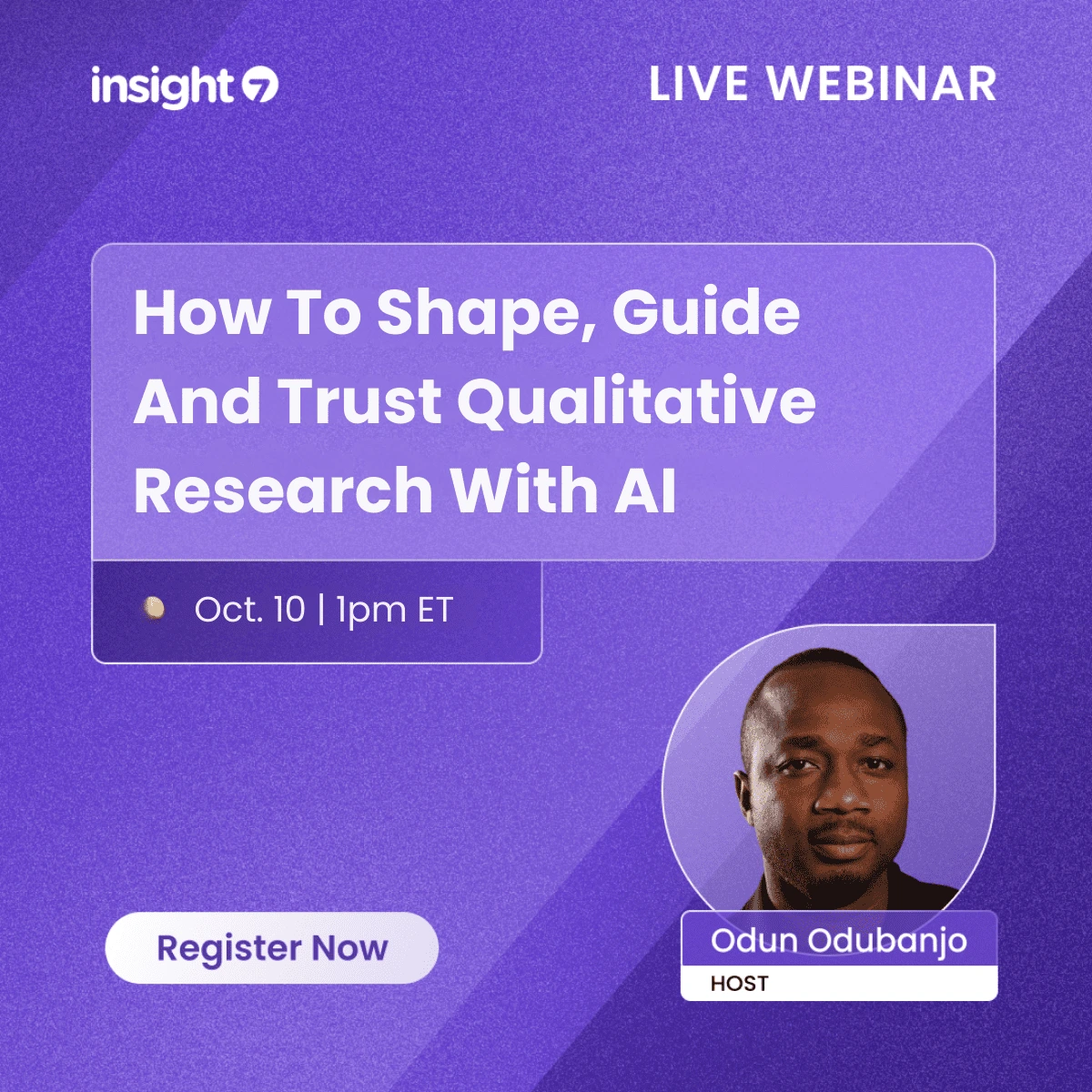How Call Center Voice Analytics Helps Identify Escalation Risks
-
Bella Williams
- 10 min read
In the competitive world of customer service, understanding and addressing customer concerns before they escalate is crucial. Call center voice analytics has emerged as a transformative tool that empowers organizations to identify escalation risks early, ensuring a smoother customer experience and improved operational efficiency. This guide delves into the benefits of voice analytics, its implementation, best practices, and real-world applications, equipping organizations to harness this technology effectively.
The Role of Call Center Voice Analytics in Modern Customer Service
As customer expectations continue to rise, call center voice analytics has become indispensable for organizations aiming to stay ahead. By analyzing voice interactions, companies can gain insights into customer sentiment, pinpoint potential escalation triggers, and enhance the overall customer experience.
Voice analytics shifts the paradigm from reactive to proactive customer service. Instead of merely responding to complaints, organizations can anticipate issues and intervene early, reducing escalation rates and improving resolution times. This proactive approach fosters alignment across teams, from customer service to quality assurance, ensuring that everyone is focused on achieving customer satisfaction.
To effectively implement voice analytics, organizations must invest in the right technology, skilled personnel, and a commitment to continuous improvement.
Understanding Call Center Voice Analytics: Core Concepts
Call center voice analytics leverages advanced technologies to analyze customer interactions in real-time. This includes speech recognition, natural language processing (NLP), and machine learning algorithms that extract valuable insights from voice data.
Unlike traditional methods that often focus on post-call analysis, voice analytics enables organizations to look ahead, identifying trends and potential risks before they escalate into significant issues.
Core Capabilities: This approach empowers organizations to:
- Enhance Customer Experience: Identify and address customer needs in real-time.
- Reduce Escalation Rates: Detect signs of frustration early and intervene accordingly.
- Improve Agent Performance: Provide targeted coaching based on interaction analysis.
- Optimize Processes: Streamline workflows using data-driven insights.
- Facilitate Compliance: Ensure adherence to regulatory requirements through monitoring.
Strategic Value: By enabling proactive decision-making, voice analytics fosters better alignment across departments, driving overall organizational performance.
Why Are Call Center Managers Investing in Voice Analytics?
Context Setting: Organizations are moving away from outdated call handling techniques to innovative analytics-driven approaches to remain competitive and responsive to customer needs.
Key Drivers:
- Customer Retention: High churn rates due to unresolved issues necessitate a shift to proactive measures.
- Operational Efficiency: Voice analytics provides real-time insights that can streamline operations and reduce costs.
- Personalization: Enhanced understanding of customer sentiment allows for tailored interactions.
- Quality Assurance: Continuous monitoring helps maintain high service standards and compliance.
- Data-Driven Insights: Organizations seek to leverage data for informed decision-making and strategic planning.
Data Foundation for Call Center Voice Analytics
Foundation Statement: To build reliable voice analytics models, organizations require high-quality audio data, comprehensive customer interaction histories, and robust analytical frameworks.
Data Sources: A multi-modal approach increases accuracy and depth of insights.
- Call Recordings: Primary source for voice data analysis.
- CRM Systems: Customer profiles and interaction history.
- Surveys and Feedback: Customer satisfaction metrics.
- Social Media: Sentiment analysis from external channels.
- Operational Data: Metrics related to call handling and agent performance.
Accuracy Benefit: A comprehensive data approach improves the reliability of insights and enhances decision-making capabilities.
Key Components of a Call Center Voice Analytics Stack
Stack Overview: The voice analytics stack typically consists of several critical layers that work together to provide actionable insights.
Component Descriptions:
- Speech Recognition Engine: Converts speech into text for analysis.
- Natural Language Processing (NLP): Analyzes text for sentiment and intent.
- Analytics Dashboard: Visualizes data trends and insights for stakeholders.
- Machine Learning Algorithms: Identify patterns and predict escalation risks.
- Integration Layer: Connects voice analytics with existing CRM and operational systems.
Quality Emphasis: The effectiveness of voice analytics hinges not just on data volume but on the quality and interpretability of the data processed.
Success Dependency: The system's success is heavily reliant on the quality of input signals and the algorithms' ability to interpret them accurately.
How Does Call Center Voice Analytics Work Step by Step?
Step 1: Data Collection
Collect audio data from customer interactions across various channels, including phone calls and digital communications.
Step 2: Data Processing
Utilize speech recognition technology to convert audio data into text format for further analysis.
Step 3: Sentiment and Intent Analysis
Employ NLP techniques to analyze the text for sentiment, identifying potential escalation triggers.
- Frustration Indicators: Keywords or phrases indicating dissatisfaction.
- Urgency Signals: Language suggesting immediate concern.
- Repetitive Questions: Signs of unresolved issues.
Step 4: Pattern Recognition
Use machine learning to identify patterns associated with escalations, such as specific phrases or call durations.
Step 5: Real-time Monitoring
Implement real-time processing to flag calls that exhibit signs of escalation, allowing for immediate intervention.
Step 6: Insights Delivery
Provide actionable insights to agents and supervisors, including:
- Call Guidance: Suggested responses for agents.
- Performance Reports: Feedback on agent interactions.
- Escalation Alerts: Notifications for potential escalation situations.
Call Center Voice Analytics Application Areas and Use Cases
Early Warning System for Escalations
- Prediction Method: Analyze historical data to identify common escalation triggers.
- Recommended Action: Implement real-time alerts for agents to intervene before escalation occurs.
Agent Performance Optimization
- Analysis Approach: Score agent interactions based on sentiment and compliance.
- Follow-up Action: Provide targeted coaching sessions based on analysis results.
Customer Sentiment Analysis
- Identification Method: Monitor language and tone for signs of customer dissatisfaction.
- Proactive Scheduling: Schedule follow-up calls with at-risk customers to resolve issues.
Compliance Monitoring
- Forecasting Approach: Analyze interactions for compliance adherence.
- Optimization Action: Implement corrective training for agents based on findings.
Additional Use Cases
- Method Description: Analyze cross-channel interactions for a holistic view of customer sentiment.
- Resulting Action/Benefit: Improve overall customer experience by addressing pain points across multiple touchpoints.
Platform and Tool Selection for Call Center Voice Analytics
Selecting the right platform is crucial for effective voice analytics implementation.
Comparison Table:
| Feature | Insight7 | Traditional Alternative |
|---|---|---|
| Real-time Analysis | Yes | Limited |
| Integration Capabilities | Extensive | Basic |
| Scalability | High | Moderate |
| User Interface | Intuitive | Complex |
| Reporting Features | Comprehensive | Basic |
Common Pitfalls in Call Center Voice Analytics Implementation
Context Warning: Many organizations face challenges when implementing voice analytics due to a lack of clarity in strategy and execution.
Major Pitfalls:
- Lack of Stakeholder Buy-In: Without support from leadership, initiatives may fail.
- Data Quality Issues: Poor-quality data can lead to misleading insights and ineffective strategies.
- Integration Challenges: Difficulty in integrating voice analytics with existing systems can limit effectiveness.
- Overlooking Training Needs: Failing to train staff on new tools can hinder adoption and utilization.
Success Foundation: To avoid these pitfalls, organizations must establish a clear strategy and ensure proper stakeholder engagement from the outset.
How Do You Get Started with Call Center Voice Analytics?
Step 1: Define Objectives
Clearly outline the goals for implementing voice analytics, such as reducing escalation rates or improving customer satisfaction.
Step 2: Select a Platform
Choose a voice analytics platform that aligns with your organization’s needs and existing infrastructure.
Step 3: Data Integration
Ensure seamless data synchronization between the voice analytics platform and existing systems.
Step 4: Configuration and Customization
Set up the platform according to your specific use cases, including defining key performance indicators (KPIs).
Step 5: Training and Onboarding
Conduct training sessions for agents and managers to familiarize them with the new tools and processes.
Step 6: Monitor and Optimize
Establish a continuous feedback loop to assess performance and make necessary adjustments to the voice analytics strategy.
Optimal Call Center Voice Analytics Configuration and Setup
ROI Optimization: To maximize return on investment, organizations must focus on aligning voice analytics initiatives with strategic business goals.
Best Practices:
- Data Diversity Requirement: Utilize a variety of data sources for comprehensive insights.
- Stakeholder Involvement: Engage cross-functional teams to ensure alignment and support.
- Historical Data Utilization: Leverage historical data for training models and refining processes.
- Review Cadence: Regularly review performance metrics to identify areas for improvement.
- Automation Integration: Integrate automation to streamline processes and enhance efficiency.
Building a Call Center Voice Analytics Strategy That Scales
A scalable voice analytics strategy requires cross-functional alignment and a clear understanding of diverse data inputs.
Teams must collaboratively define objectives and prioritize data sources that enhance model accuracy. Continuous refinement and adaptation of strategies are essential to maintain effectiveness in a changing environment.
Establish metrics for success to measure the impact of voice analytics on customer experience and operational efficiency.
Call Center Voice Analytics Benchmarks and Success Metrics
Evaluation Framework: Clear benchmarks are critical for measuring the impact of voice analytics initiatives.
Core Metrics:
- Escalation Rate: Measures the percentage of calls that escalate to higher-level support.
- Customer Satisfaction Score (CSAT): Evaluates customer satisfaction after interactions.
- First Call Resolution (FCR): Indicates the percentage of issues resolved on the first call.
- Agent Performance Metrics: Assesses individual agent performance based on interaction quality.
- Compliance Adherence Rate: Measures adherence to regulatory and quality standards.
Universal Principle: The key to success lies in leveraging insights to drive better decisions and actions across the organization.
Frequently Asked Questions
Q: What is call center voice analytics?
A: Call center voice analytics involves analyzing voice interactions using technologies like speech recognition and NLP to gain insights into customer sentiment and identify escalation risks.
Q: How does voice analytics differ from traditional methods?
A: Traditional methods often focus on post-call analysis, while voice analytics allows for real-time monitoring and proactive intervention.
Q: What platforms are compatible with voice analytics tools?
A: Most voice analytics platforms integrate with popular CRM systems, call routing software, and data management tools.
Q: What data sources are ideal for voice analytics?
A: Ideal data sources include call recordings, CRM data, customer feedback, and social media interactions.
Q: How long does it take to implement voice analytics?
A: Implementation speed varies based on organizational readiness, but a typical timeline ranges from a few weeks to several months.
Q: What security measures are in place for voice analytics?
A: Voice analytics platforms typically adhere to industry standards for data security and compliance, including encryption and access controls.
Q: What are common challenges in implementing voice analytics?
A: Common challenges include data quality issues, stakeholder alignment, and integration difficulties.
Conclusion
Call center voice analytics is essential for organizations looking to enhance customer experience and proactively manage escalation risks. By leveraging the right technology and strategies, businesses can significantly improve their service quality and operational efficiency.
Tool Recommendation: Selecting a robust voice analytics platform enables teams to achieve measurable outcomes, driving customer satisfaction and loyalty.







